Dupa plasarea solicitării de comandă, in sectiunea Istoric puteti vedea cate solicitări de comandă mai avem de procesat inaintea dumneavoastra
Program de lucru: Luni - Vineri 9:00 - 18:00, pauza 13:00 - 14:00.
Se efectueaza lucrari de mentenanta la site si pot aparea erori. In cazul in care intampinati erori va rugam sa reincercati mai tarziu.
Ridicarea personala este disponibila pentru comenzile achitate in avans. Se pot ridica dupa ce sunt pregatite.
Niciun produs
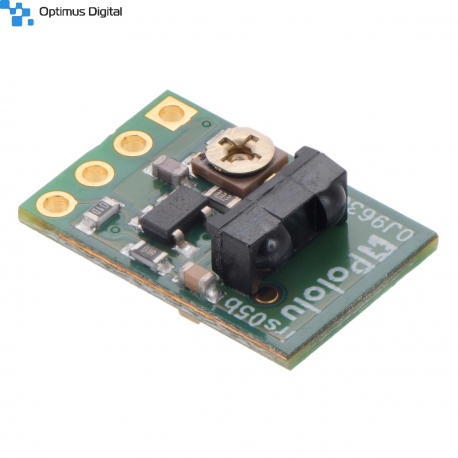 Mărește
Mărește
Senzor de Proximitate Pololu IR 38 kHz (Low Brightness)
0104110000023780
Produs nou
Senzorul de Proximitate Pololu este un senzor infraroșu care detectează prezența unor obiecte până în distanța de 30cm. Pragul de detecție poate fi modificat cu ajutorul potențiometrului.
Acest produs nu mai este in stoc
- Scrie o recenzie
- Elimina acest produs din lista mea de favorite.
- Adauga acest produs la lista mea de favorite.
- Imprimă
Informații
Specificații:
-
Tensiunea de alimentare: 3.3V-5V DC;
-
Distanța maximă de detecție: 30cm;
-
Include un 555 timer IC;
-
Consum redus de energie: 8mA la 5V;
-
Tip senzor: digital (returneaza HIGH sau LOW);
Utilizare:
Senzorul de proximitate poate fi utilizat în construcția roboților. Acesta este eficient în detectarea obstacolelor, iar consumul redus de energie crește autonomia robotului ( dacă este alimentat de baterii).
De asemenea, senzorul poate fi folosit și în sisteme de securitate ca element declanșator al alarmei în cazul intrării prin efracție.El poate fi montat pe tocul ușii sau chiar la ferestre.
Schema de conectare:
Pinul VDD se conectează la pinul 5V sau 3.3V, pinul GND se conectează la un pin GND, pinul OUT se conectează la un pin digital ( atunci când detectează un obiect, returnează valoarea LOW).
Pinul ENABLE este folosit pentru a porni sau opri led-ul IR. Un led verde este conectat în paralel cu led-ul IR, indicând starea acestuia (pornit sau oprit) .
Recenzii
Clienții care au cumpărat acest produs au mai cumpărat:
-
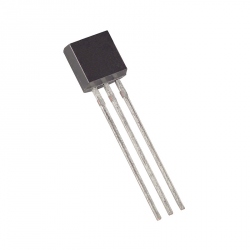
Senzor de...
Temperature Sensor DS18B20 (TO-92)
$0.80
-
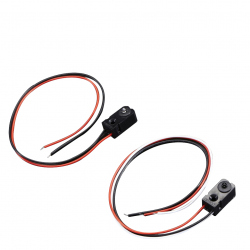
Senzor...
Senzor Infraroșu care Detectează Întreruperea...
$3.72
-
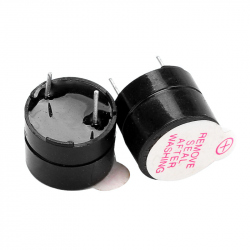
Buzzer Activ...
Buzzer Activ foarte util în proiectle...
$0.24
-
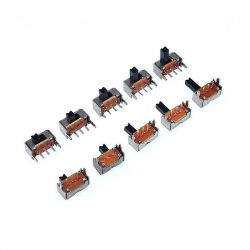
Mini...
Mini Comutator Lateral cu Buton de 5 mm
$0.12
-
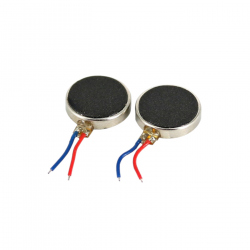
Motor cu...
Motor cu vibratii ,ideal pentru diferite...
$0.60
-
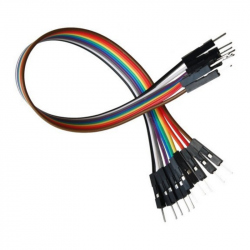
Fire...
Set Fire Tată-Tată (10p, 30 cm)
$1.20
-
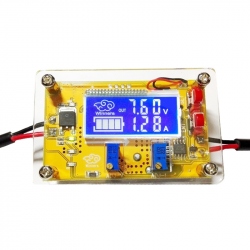
Sursă...
Sursă de tensiune coborâtoare reglabilă utilă...
$12.00
-
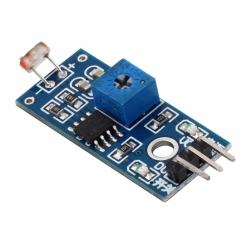
Modul cu...
Modul cu fotorezistor util pentru detectarea...
$1.67
-
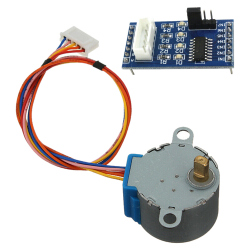
Set Motor...
Acest produs conține un driver bazat pe ULN2003...
$4.07
-
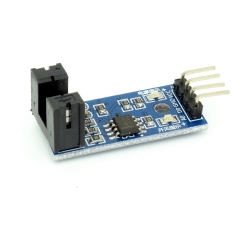
Modul Senzor...
U-shaped photoelectric sensor module that can...
$2.04







